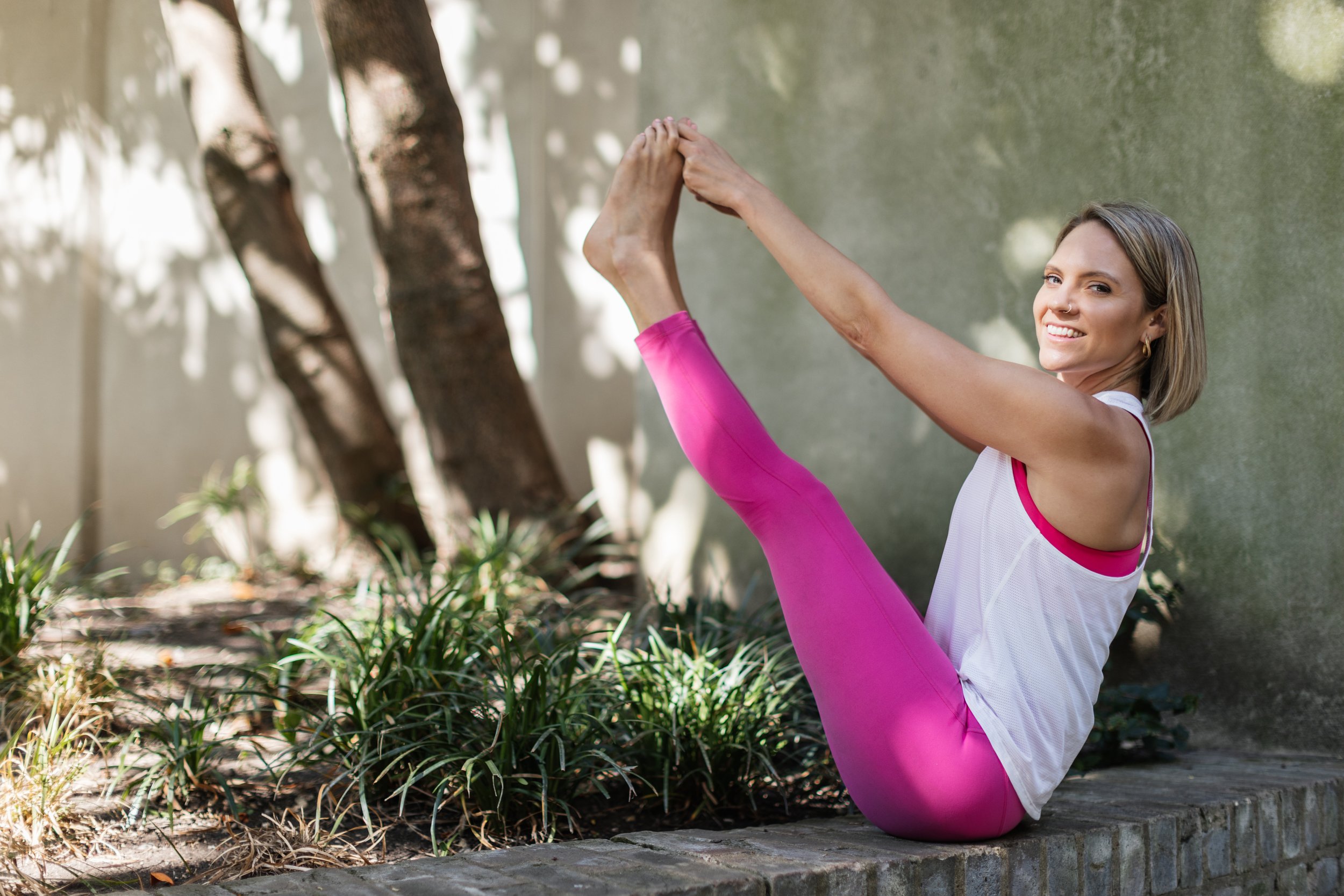
Lauren’s Ashtanga Yoga Blog

How to master Cakrasana (Backward roll) in Ashtanga Yoga
Lean how to master cakrasana, the backward roll transition in Ashtanga Yoga.
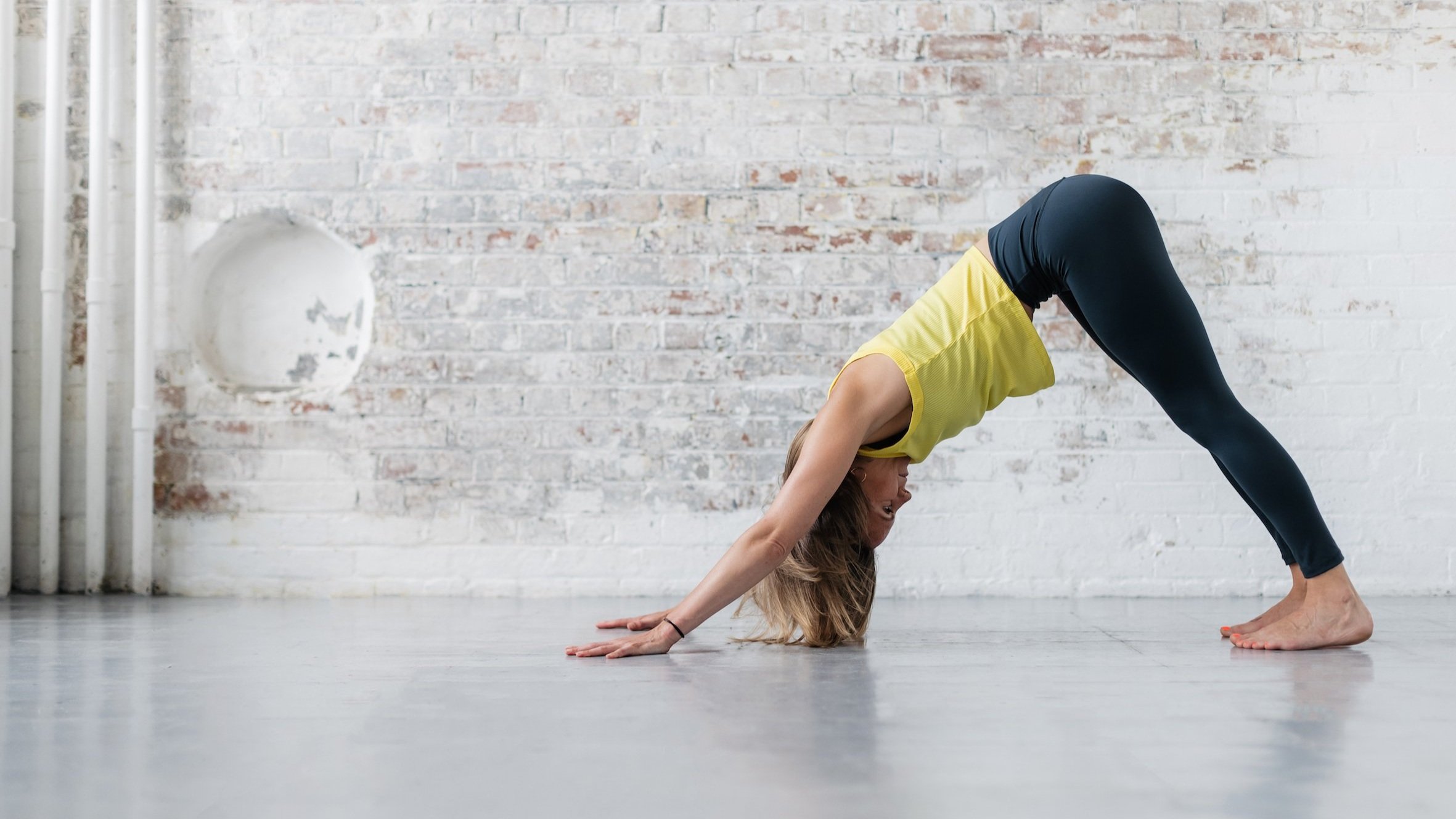
The Ashtanga Yoga Vinyasa Count Explained
Have you ever asked yourself why the vinyasa count in Ashtanga yoga is so important?
Perhaps you’re confused about the correct count and when you should be inhaling and exhaling.
In this post, I explain everything you need to know about the vinyasa count in Ashtanga Yoga and give you access to a full online counted-led primary recording.

Guest Blog - Ashley Ahrens - Why its important to move
Our bodies are meant to move. It’s important for the physiology and the wellbeing of our mind and every single anatomical system in our body. We are designed to move and it brings us better health and more resilience.
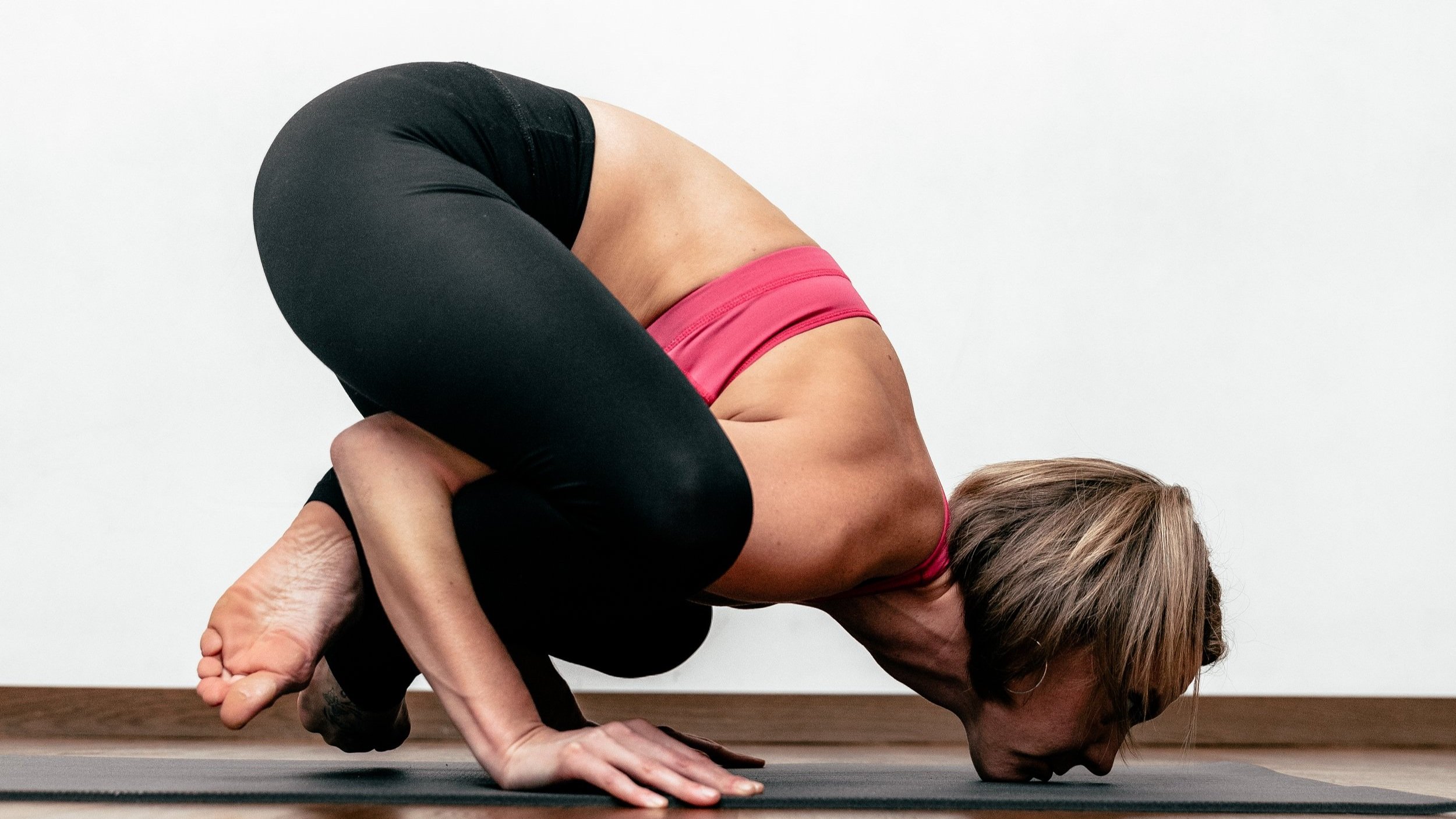
Bujapidasana– 4 common mistakes and how to avoid them
Bujapidasana (arm pressing asana) is one of the peak asanas (yoga shapes) of the primary series so it’s pretty challenging especially when trying it for the first time. In this blog and video I look at 4 common mistakes practitioners make with this asana and how to avoid them.

How to Jump Back and Jump Through in Ashtanga Yoga
Probably in the top 10 of Ashtanga FAQs….and one you may have asked your teacher at some point. If you’re struggling to understand the mechanics of the Jump back and Jump through then this video and blog post is for you.

Nadi Shodhana - The breathing technique with amazing health benefits
Nadi Shodhana is a yogic breathing technique that was developed by ancient Indian yogis and is included in several medieval yogic texts such as the 15th Century Hatha Yoga Pradipika. It’s a technique that’s been scientifically proven to increase parasympathetic nervous system activity or in simple terms initiate a relaxation response; from the very first time, you try it.

Start your yoga practice! 3 reasons why Ashtanga Yoga is the perfect practice for beginners
Here I share with you why I think Ashtanga Yoga is a great practice to start exploring the benefits of yoga.

Svadhyaya – A practice of self-reflection
Svadhyaya is a Sanksrit word that can be translated as self-study. Our yoga practice is all about creating a mindful connection with ourselves and one way to listen to our inner voice is through the practice of Svadhyaya. Here are three ways we can incorporate Svadhyaya into our lives and daily practice.

Why do I feel like my Ashtanga Yoga Practice is going backwards
What do you do when you feel like your ashanga yoga practice is going backwards? A look at the Kleshas or obstacles on the path of yoga described by Patanjali and how we can overcome them.
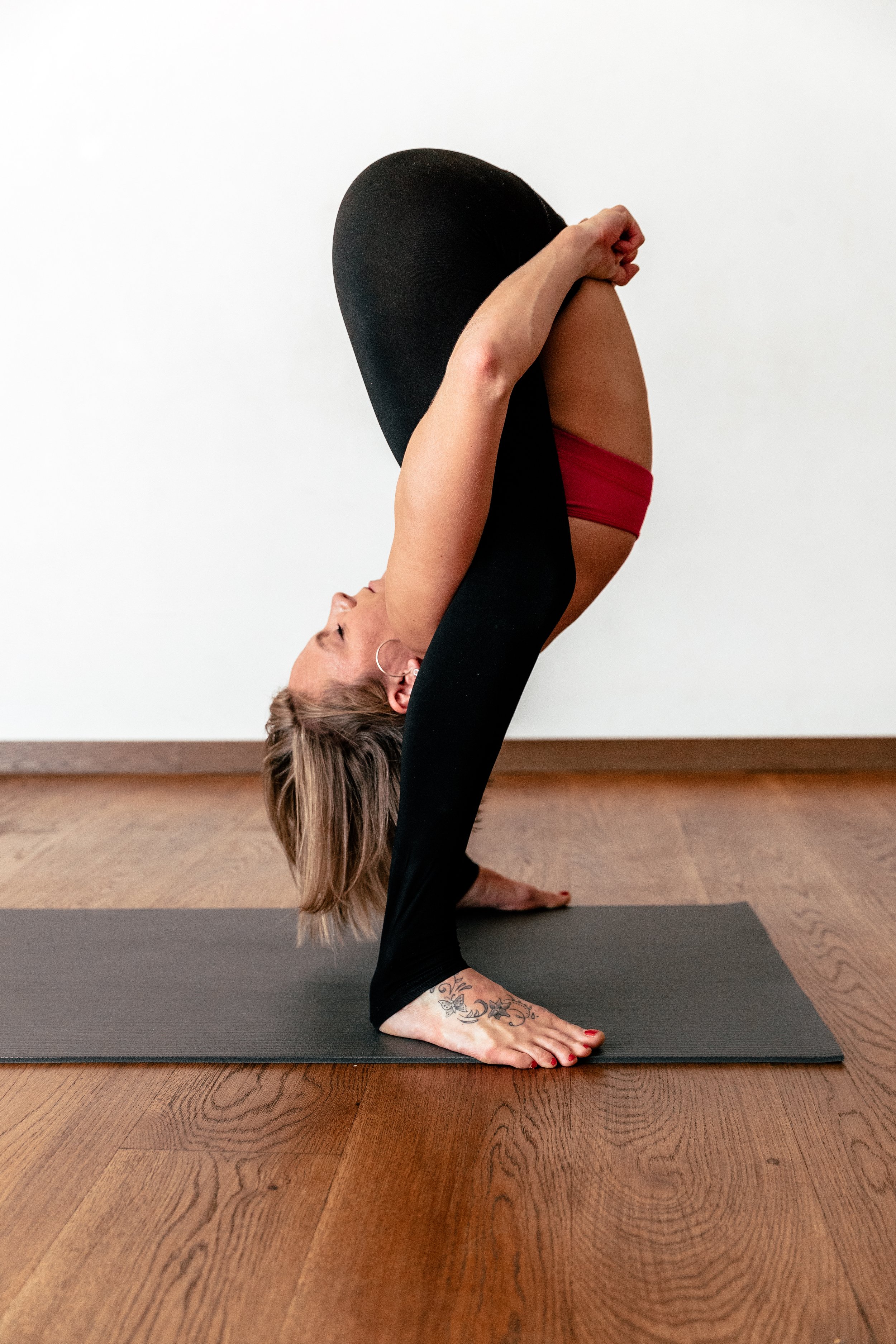
4 tips to help when Ashtanga Yoga Second Series makes you feel crazy
The Ashtanga Yoga Practice can get intense at this stage. Different people react to it in different ways. For some, it becomes physically exhausting, for others intense feelings like anger or sadness come up. Some students report trouble sleeping or changes to their appetite.
If you’re finding your second series ashtanga yoga journey intense here are some things you can do to make it a little smoother.

Top 5 tips for a sustainable home yoga practice
Here are my Top 5 tips to help you practice ashtanga yoga at home consistently.
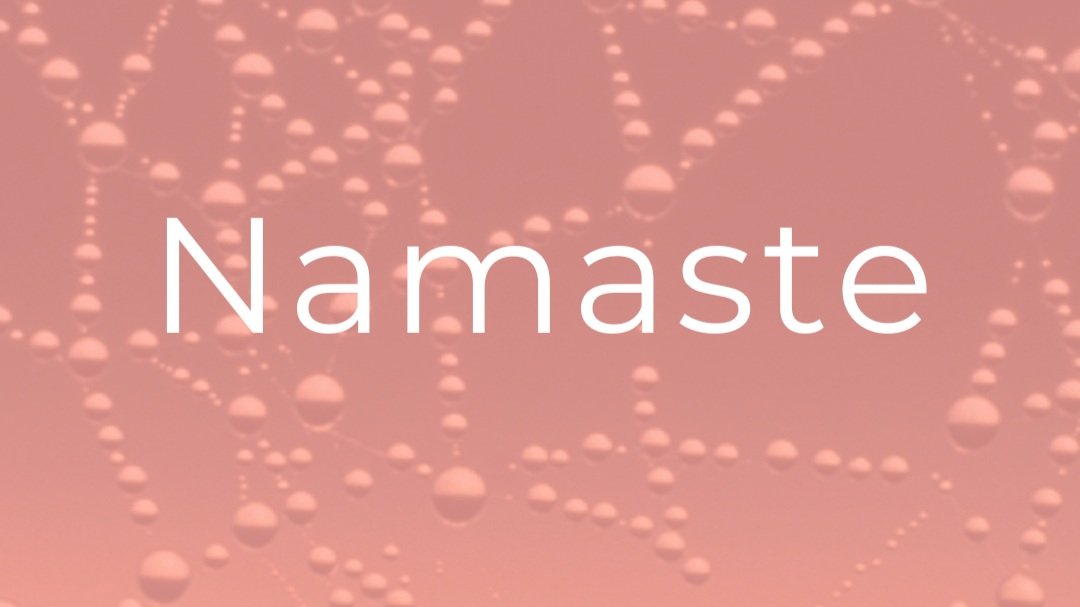
The Meaning of Namaste
Saying namaste has become a popular way for many yoga teachers to end a yoga class. This post explores the Sanskrit meaning of Namaste and its use.
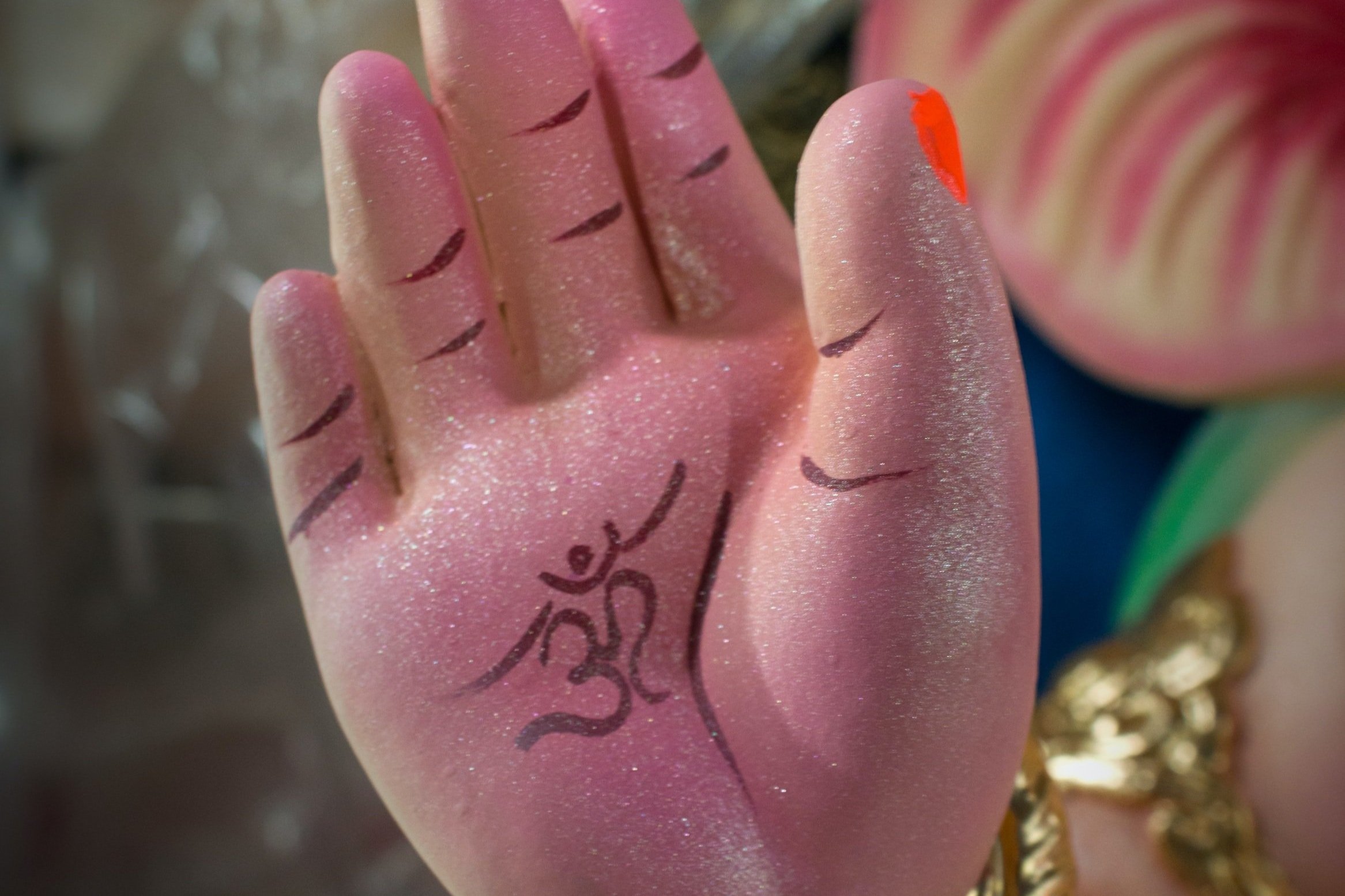
Why do we chant OM in yoga classes?
A look at the meaning of OM in the Manduhkya Upanishad and its significance within the yoga tradition.
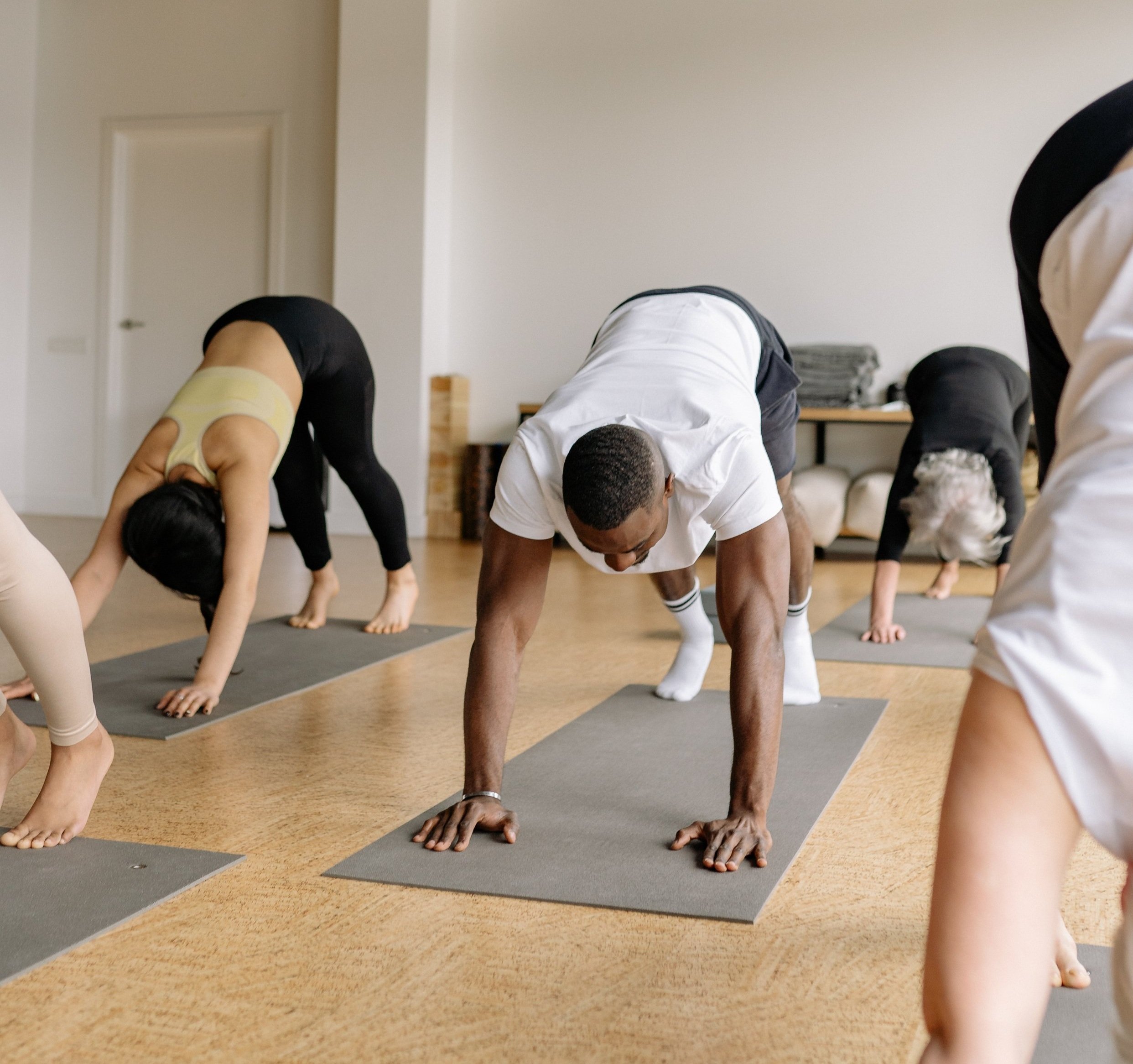
Top 7 reasons Mysore style ashtanga yoga is great for beginners
The top 7 reasons why I think Mysore style ashtanga yoga is a great practice for beginners

Stress less - 5 tips to reduce stress
Understanding stress and its effects on our nervous system, plus five ways to reduce your stress levels!

